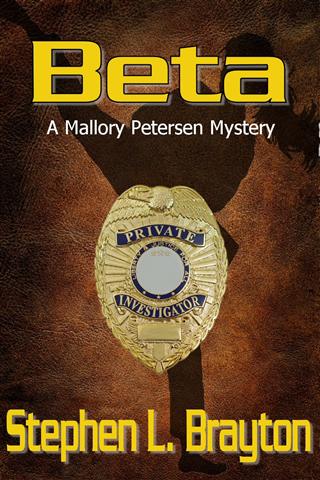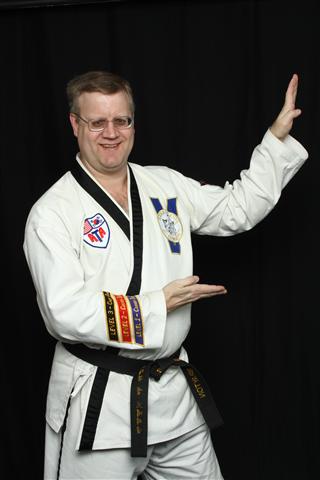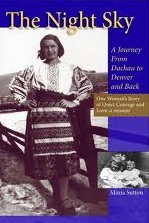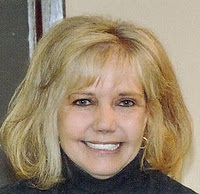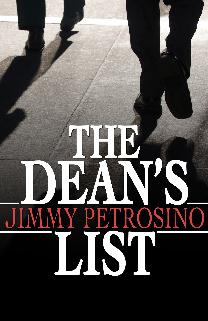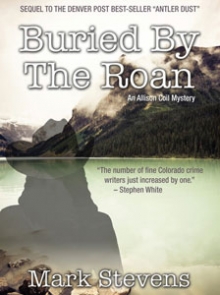Made It Moment: Morgan Mandel
What is it about the magic number 10? When I finally got my offer of publication and began tentatively murmuring, “It took me 11 years,” I felt red-faced and ashamed. But then I was amazed by now many people came out of the woodwork to pipe up, “Nine for me!” And, “Twelve!” And the one most often repeated: “A whole decade.” In her Made It Moment, cross-genre novelist Morgan Mandel tells us what took her a decade to achieve, and the Moments that just keep coming.
The thing about a dream coming true is you don’t believe it’s happening. I’d tried for ten years to get a book accepted, and kept getting rejections. The number was up to seventeen when I pitched my mystery, Two Wrongs, to Janice Strand, the senior editor for Hard Shell Word Factory at the Love is Murder Conference. I completely botched the job, and was sent on my way with guidelines of how to query by email. I studiously followed directions. After a request for a full manuscript, three months went by. Then I got a strange email from Janice asking me what kind of marketing plans I had in mind. I quickly thought up a bunch and sent in a list.
Wonder of wonders, within a few days I received a welcoming email, telling me my manuscript had been accepted. Then, within a year, my book was actually published. When I saw it on the shelf of my local library, I knew I’d made it! I was a real author. The book launch party, with close friends and family thronging around requesting autographs, reinforced that joy and taught me a valuable lesson. Never give up. After botching my pitch, I could have decided it was no use trying any more, yet I bravely took that extra step and sent in my email query.
That was my first Made It Moment. Since then I’ve written and published three more books. My current release, the romantic thriller, Forever Young: Blessing or Curse, took what seemed forever to get into shape. With some doing, it was ready for the public eye. Next, I had to go through the formatting hoops for submission to Kindle. When I saw the cover staring back on Amazon.com, another Made It Moment struck. I’m looking forward to one more soon when I hold the printed version in my hands.
The great thing about being an author is I can enjoy many Made It Moments. Still, the first one holds a special place in my heart.
Morgan Mandel is a former freelancer for the Daily Herald newspaper, and belongs to Sisters in Crime and EPIC. She enjoys writing thrillers, mysteries, romances and also enjoys combining them. Her latest paranormal romantic thriller is Forever Young: Blessing or Curse, Book One of the Always Young Series, available on Kindle and Smashwords. Other novels by Morgan Mandel include Killer Career, Two Wrongs, and Girl of My Dreams. Morgan is now working on Book Two of the Always Young Seres, called Blessing or Curse: A Forever Young Anthology, where readers will learn what happens to others who have taken the Forever Young pill.

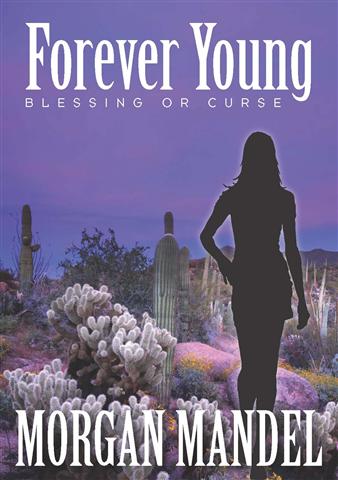

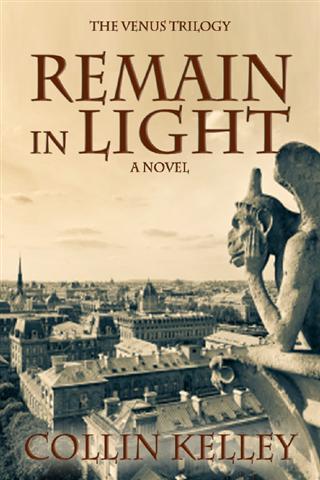

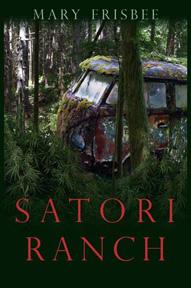
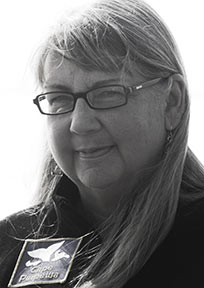
 I’ll start with where I was when I finally got the news from my agent that there was an offer, just because it speaks to how life sometimes pairs the most elevated with the most mundane.
I’ll start with where I was when I finally got the news from my agent that there was an offer, just because it speaks to how life sometimes pairs the most elevated with the most mundane.